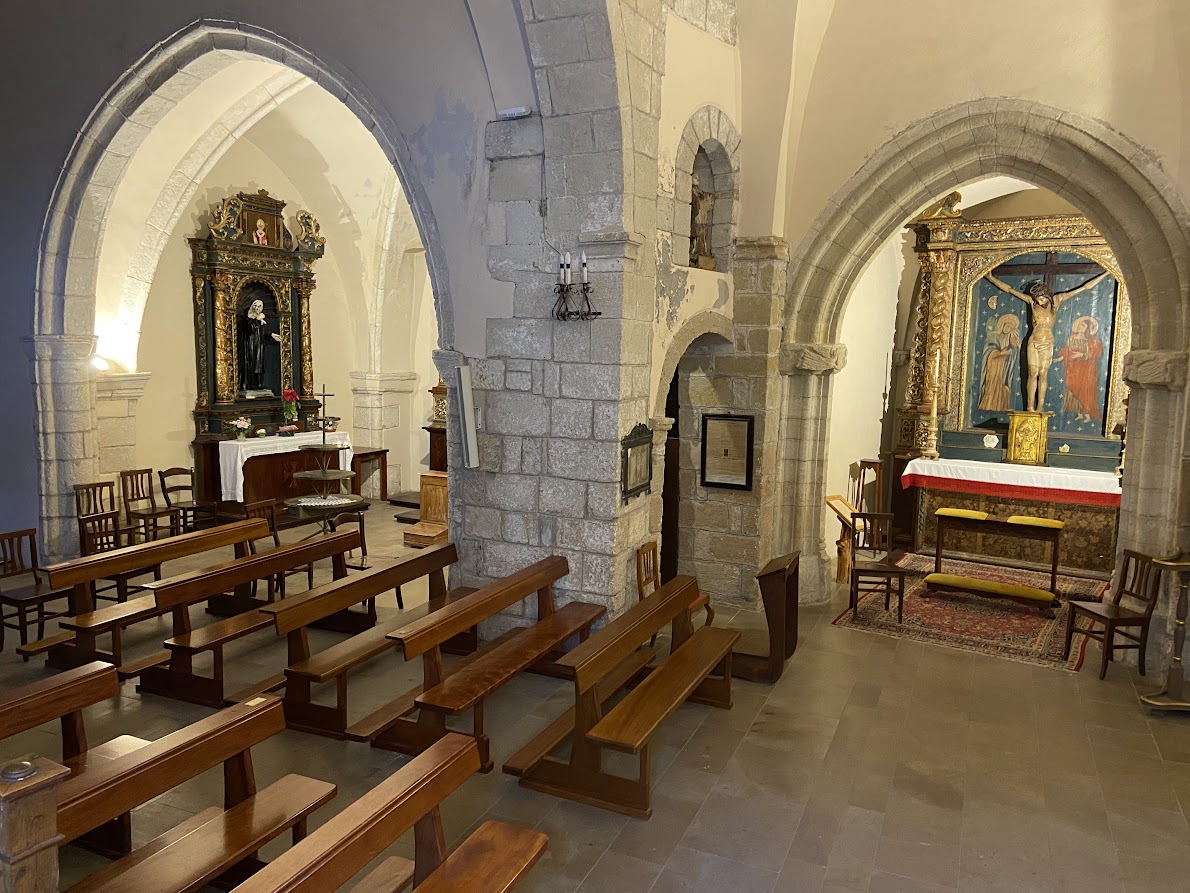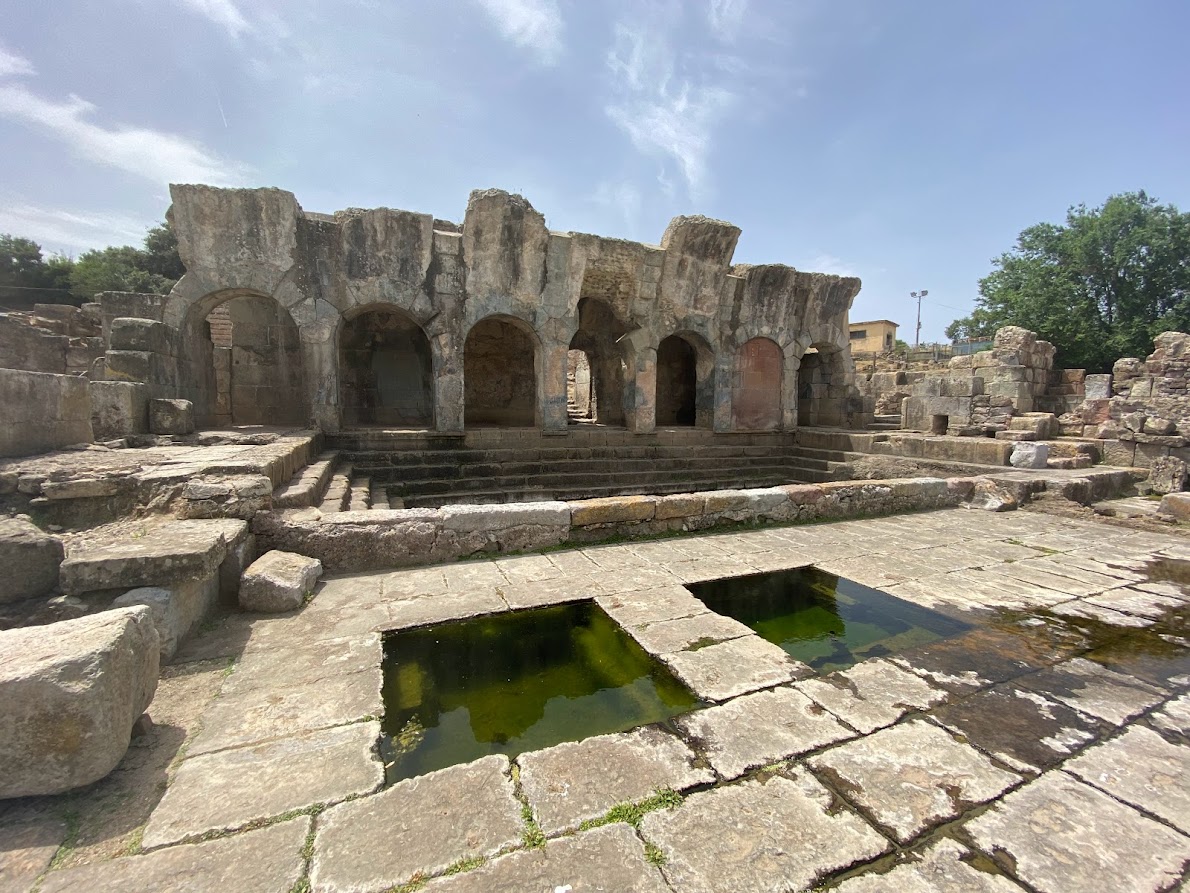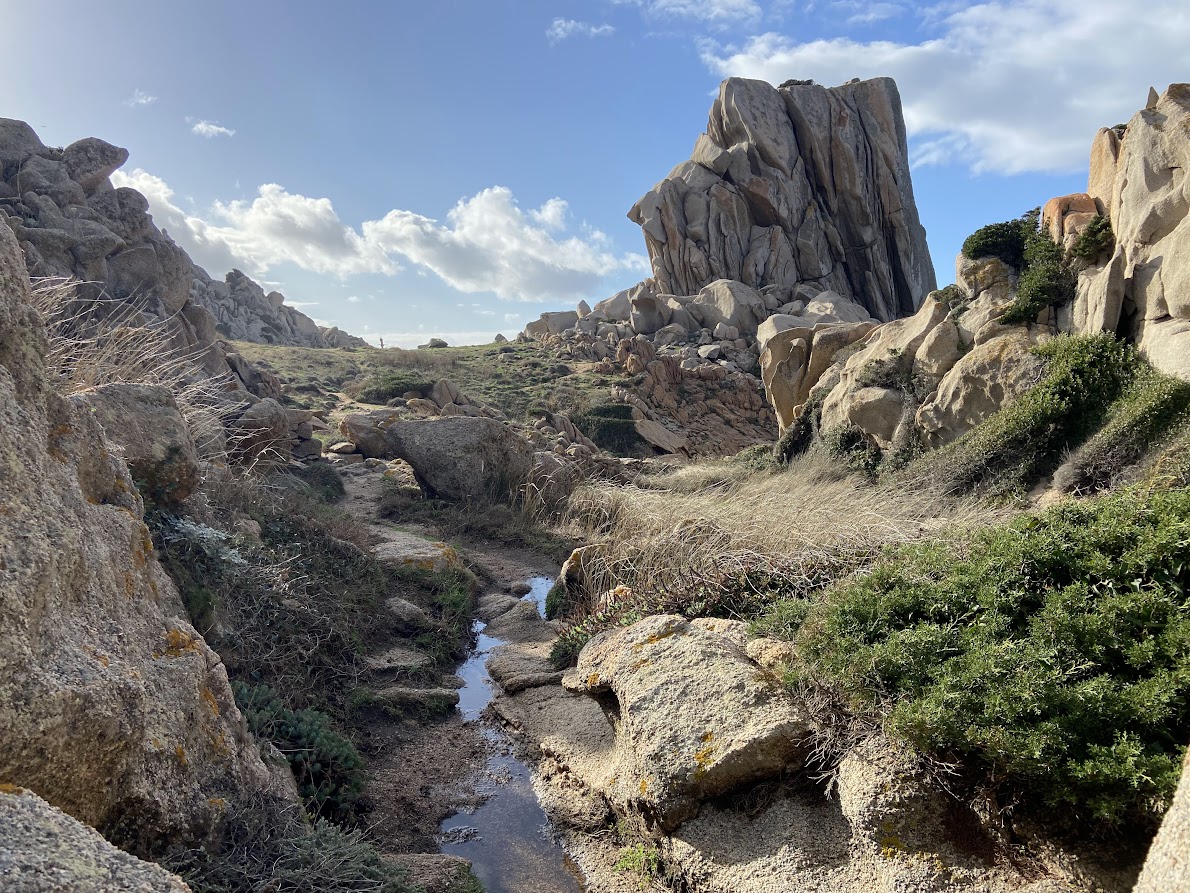
Franciscan Places
A warm and family welcome, simple and precise rules, a slow pace, moments of sharing and learning, hours of rest in an oasis of silence and peace. This is the Franciscan hospitality, the “core” of the experience of physical and mental well-being and cultural exchanges between travelers and their hosts, which unites the 14 Sardinian centers where the followers of St. Francis of Assisi left an undeletable mark. During a Franciscan visit to the island, you can discover the architectural and artistic heritage, the peculiarities of the local territories and the people who live in the places of the Franciscans. From north to south, each sanctuary, each piece of Sardinia’s landscape is part of a wonderful mosaic, where the beauty of places inspires contemplation and the sense of community amplifies inner peace. In Gallura, the Franciscans chose the territory of the village of Luogosanto, which they had settled since the beginning of the 13th century. Among the granite rocks stands the Hermitage of San Trano, today a place of pilgrimage, and in the village itself the Franciscans built a basilica with the privilege of the Holy Gate, Nostra Signora di Luogosanto, which guards the Queen of Gallura. In the sacristy you can admire the diocesan museum with holy objects, sculptures and votive gifts, including refined jewelry. In the town of Castelsardo, the minor friars lived for more than 500 years in the church of Nostra Signora delle Grazie, which is home to “Iu Cristu Nieddu”, a juniper crucifix dating from the early 13th century and blackened by time. In search of isolation, the brothers climbed Mount Rasu, and in their footsteps you can look all the way to the place where Giovanni Parenti, Minister General of the Francisans, is probably buried. In the medieval heart of Sassari, the Franciscans rebuilt the church of Santa Maria di Betlem and the monastery of Campulongu. The church today has a neoclassical appearance given to it by the monk and architect Antonio Cano, and houses the huge votive candles carried in the procession in the Discesa dei Candelieri. A statue of Blessed Francesco Zirano stands in the monastery. In the “Catalan” city of Alghero, the monks at the beginning of the 15th century restructured the church and monastery of St. Francis, today one of the most characteristic Catalan-Gothic monuments of the island. A little further south, the town of Bosa is dominated by the castle of Seravalle with the 14th-century church of Nostra Signora de sos Regnos Altos, where a cycle of frescoes with the themes of “Poverty and Humility” and depictions of Franciscan saints are displayed as a proof of their presence. The place of Franciscan hospitality par excellence is Fonni, the “highest” village on the island, in Barbagia. Here the Franciscan friars created a baroque and rococo masterpiece: the sanctuary of Our Lady of Martyrs. The complex includes the monastery, the crypt of Sant’Efisio and San Gregorio, the oratory of San Michele, cumbessias and an oasis of spirituality. The center of political life was the Franciscan church in Oristano, where peace was signed between the Judicates of Arborea and the Crown of Aragon (1388). The Church of San Francesco, once Gothic, now Neoclassical, houses the Nicodemus Crucifix, a wooden sculpture that represents the suffering Christ with extreme naturalism. Oristano is the first convent of the Poor Clares in Sardinia, chosen as a refuge by aristocratic women, including the judge Eleonora. The welcoming of pilgrims has always been characteristic of the Capuchin monastery in Oristano. The Franciscan monastery dominates from the hill the medieval town of Sanluri. It is surrounded by wheat fields, vineyards, vegetable gardens and in the background the profile of Mount Arcuento. The monastery was intended for novices, today it is open for meditation stays. The Capuchin Garden is the symbol of the Franciscans in Cagliari. Their first settlement in the capital was at the beginning of the 13th century in the area of the current Bonaria monumental cemetery. The minor friars then founded a second monastery, whose vaults and frescoes can be seen on Corso Vittorio Emanuele. The current seat of the Capuchins is the monastery of Sant’Ignazio, on the hill of Buoncammino, next to the Roman amphitheater, renovated together with the church that houses the sarcophagus of Blessed Nicholas and the sanctuary of Sant’Ignazio. Also worth a visit is the Church of Santa Rosalia in Marina, home to the monks who keep the remains of San Salvatore da Horta, the famous miracle worker. In Laconi, the main center of the Sarcidano area, you will embark on a spiritual journey in honor of Ignatius. From his modest birthplace, you will continue to the museum dedicated to him and to the Franciscan oasis. Blessed Nicola was born in Gesturi, at the edge of Giara, in 1882. The house, with its original furniture, became the “Brother Silence” museum, in honor of his rare and effective words. In Pula, in the south of the island, the devotion is associated with the Capuchin monk Nazareno, who adopted a strict and essential direction in the middle of his life and entered the order. He received members of the church who were looking for advice and comfort in an almshouse a few kilometers from the city. The house has now been converted into a museum and a small monastery has been added to it, which also includes a vineyard and a garden. Visitors have free access here and can help the brothers. At the request of an Aragonese family, the Franciscans came to Iglesias in the 14th century and left their traces in the Church of St. Francis, rebuilt in the 16th century in Catalan Gothic style. Another trace is the church of Nostra Signora di Valverde outside the city walls, rebuilt in 1592 and entrusted to the Capuchins. A tall, slender facade in the Pisan-Romanesque style remains from the original church. Today, the brothers maintain the sanctuary of Nostra Signora delle Grazie, where they receive pilgrims.

